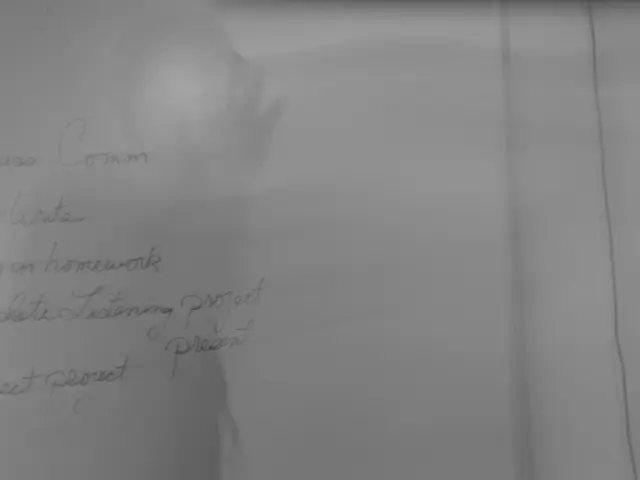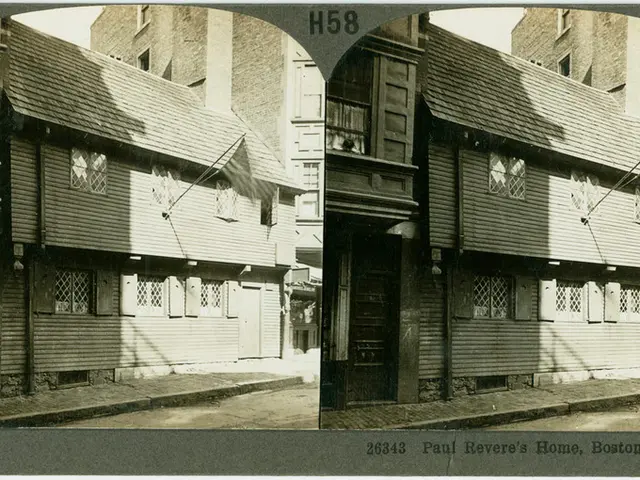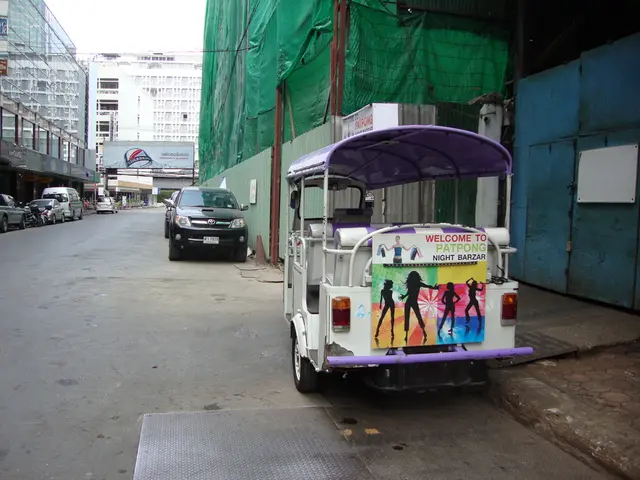Germany’s Green Revolution: A Travel Guide to Renewable Energy Landmarks
Germany's renewable energy revolution is highlighted in a new guidebook, featuring notable sites such as the solar-powered Reichstag in Berlin and the energy self-sufficient village of Juehnde. The €16.99 guide, 'Germany: Experience Renewable Energies', is selling well and may soon be available in English.
The guidebook, backed by Germany's Renewable Energies Agency, lists nearly 200 sites across the country. One unique attraction is Ferropolis, an open-air museum in Saxony-Anhalt, which focuses on the past of coal mining. Meanwhile, the Holtriem wind farm in Lower Saxony offers tourists a unique perspective from its observation platform.
Germany's dedication to renewable energy is evident in its rapid growth. In the last decade, renewable power generation has tripled, now providing a quarter of the country's electricity. The Reichstag in Berlin demonstrates this shift, using solar panels and bio-diesel powered combined heat and power generators. Juehnde, a village in Lower Saxony, has gone a step further, achieving full energy self-sufficiency and building a New Energy Centre to share its experience.
The guidebook's success reflects the growing interest in renewable energy sites. If demand continues, an English language version may be produced. Meanwhile, Germany's renewable energy landscape continues to evolve, with former nuclear plants like Kalkar's being repurposed into attractions like 'Wunderland Kalkar'.
Read also:
- Federal Funding Supports Increase in Family Medicine Residency Program, Focusing on Rural Health Developments
- Potential Role of DHA in Shielding the Brain from Saturated Fats?
- Alternative Gentle Retinoid: Exploring Bakuchiol Salicylate for Sensitive Skin
- Hanoi initiates a trial program for rabies control, along with efforts to facilitate the transition from the dog and cat meat trade industry.








